Vivo V30 Pro review: selfie-centred
A mid-ranger most concerned with cameras

Stuff Verdict
A Zeiss helping hand makes the Vivo V30 Pro a very capable camera phone, and it’s well-rounded everywhere else. There’s no shortage of competition at this price, though, and availability is limited.
Pros
- Detailed rear cameras with clean processing
- Streamlined styling and sharp display
- Punchy mid-range performance and battery life
Cons
- Availability very market-dependent
- FunTouch OS still heavy-handed on bloatware
Introduction
It may not have the global reach of some mid-range smartphone brands, but plenty of countries consider Vivo a staple of smartphone photography. Usually it’s the flagship X-series getting all the attention; the recent X100 Pro has such impressive imaging ability I’d say it was worth going to the trouble of importing one. Can the Vivo V30 Pro come close for considerably less cash?
Things are off to a great start, with lens experts Zeiss being brought aboard to help with optics and portrait processing. The V-series’ signature Aura Light ring flash is bigger and brighter than ever, in order to give its three 50MP snappers a photographic boost. There’s also a high pixel count selfie cam up front. A mid-tier Pixel A-series or Samsung Galaxy A looks a little vanilla in comparison.
Does that mean everyone should sit up and take notice, whether they live in a location Vivo officially sells in or not? I’ve been finding out.
How we test smartphones
Every phone reviewed on Stuff is used as our main device throughout the testing process. We use industry standard benchmarks and tests, as well as our own years of experience, to judge general performance, battery life, display, sound and camera image quality. Manufacturers have no visibility on reviews before they appear online, and we never accept payment to feature products.
Find out more about how we test and rate products.
Design & build: slender fan
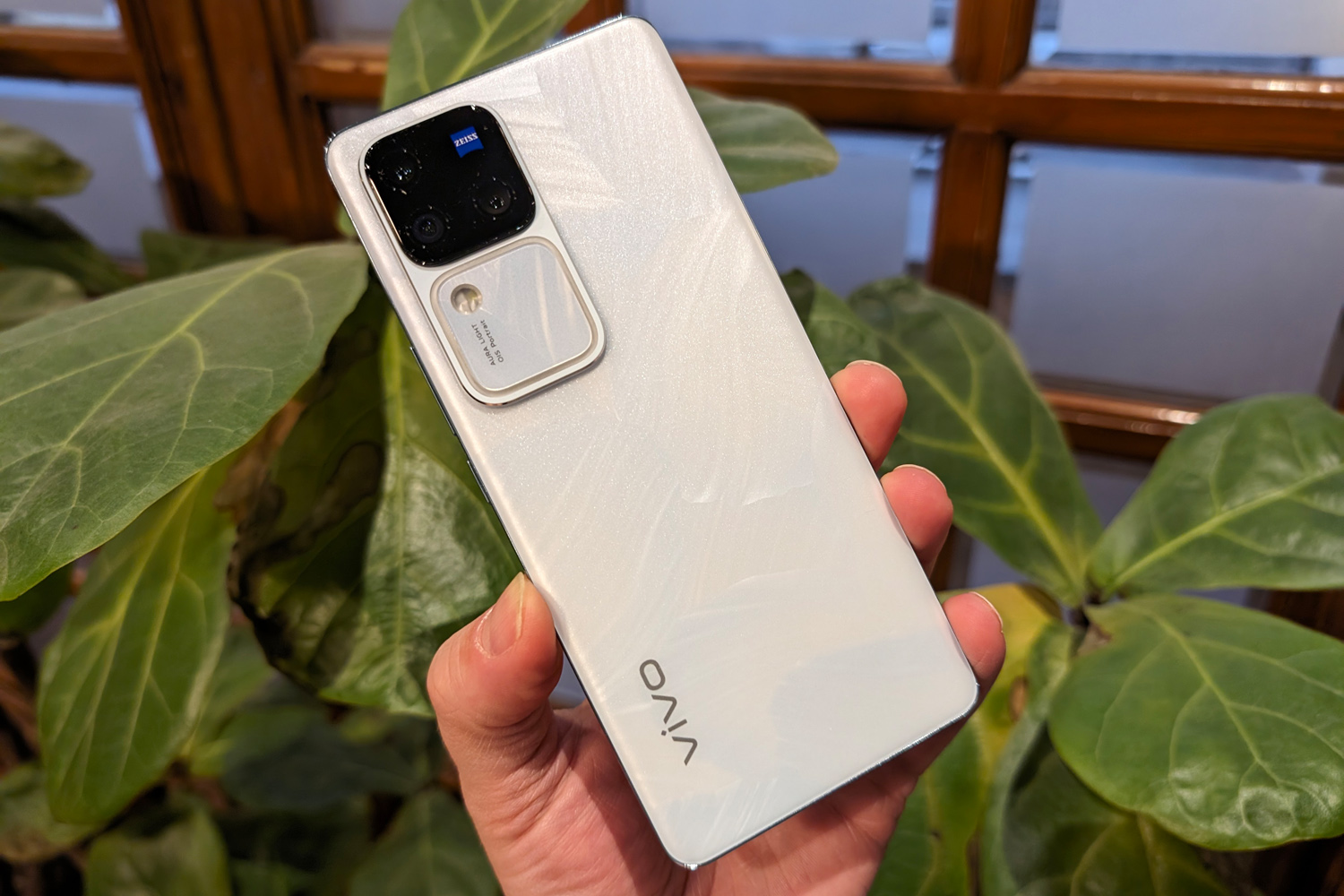

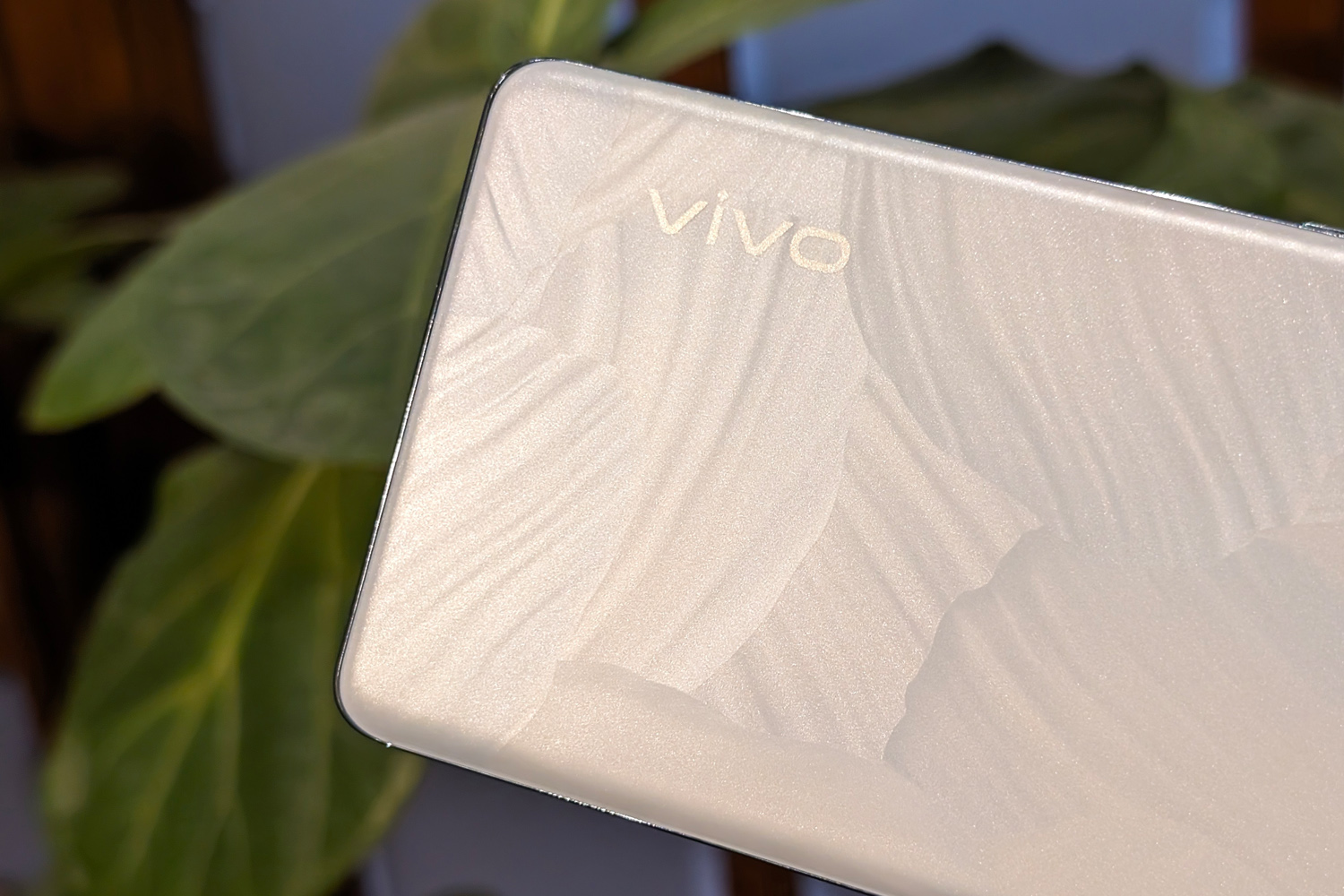
Vivo’s V-series phones have always been skinny things, and the V30 Pro is no exception. It’s less than 7.5mm thick, not counting the bulging camera bump at the back, and weighs in at a svelte 188g. That’s partly down to the polycarbonate construction – this is a mid-range model, after all, so a metal and glass build is asking a little too much.
I like how my Bloom White review unit catches the light, with its pearl-like petal pattern looking anywhere between baby blue or silver depending on the angle. It’s not too ostentatious, and does a pretty good job at hiding fingerprints. There’s also a Waving Aqua variant with microparticles embedded in the panel to create a water effect, and a Lush Green model with fluorite glass that changes colour under UV light. Or you can go for a basic black handset, if you’re allergic to fun.
The screen glass and rear panel curve slightly in towards the central frame, which helps the phone sit comfortably in your hand. I had no trouble reaching the in-display fingerprint sensor, which is sensibly placed far enough from the bottom edge to unlock one-handed with out unbalancing the phone. It recognised my digits as quickly as I’d expect from a mid-range phone. IP54 splash and dust resistance is a welcome inclusion for the cash, too.
Vivo has done a great job of incorporating the Aura Light flash into the camera module at the rear, without it dominating proceedings. The Zeiss-badged lens array is still the centre of attention, and it doesn’t stick out so far as to snag on my pockets whenever I take the phone out or put it away.
Screen & sound: shine on
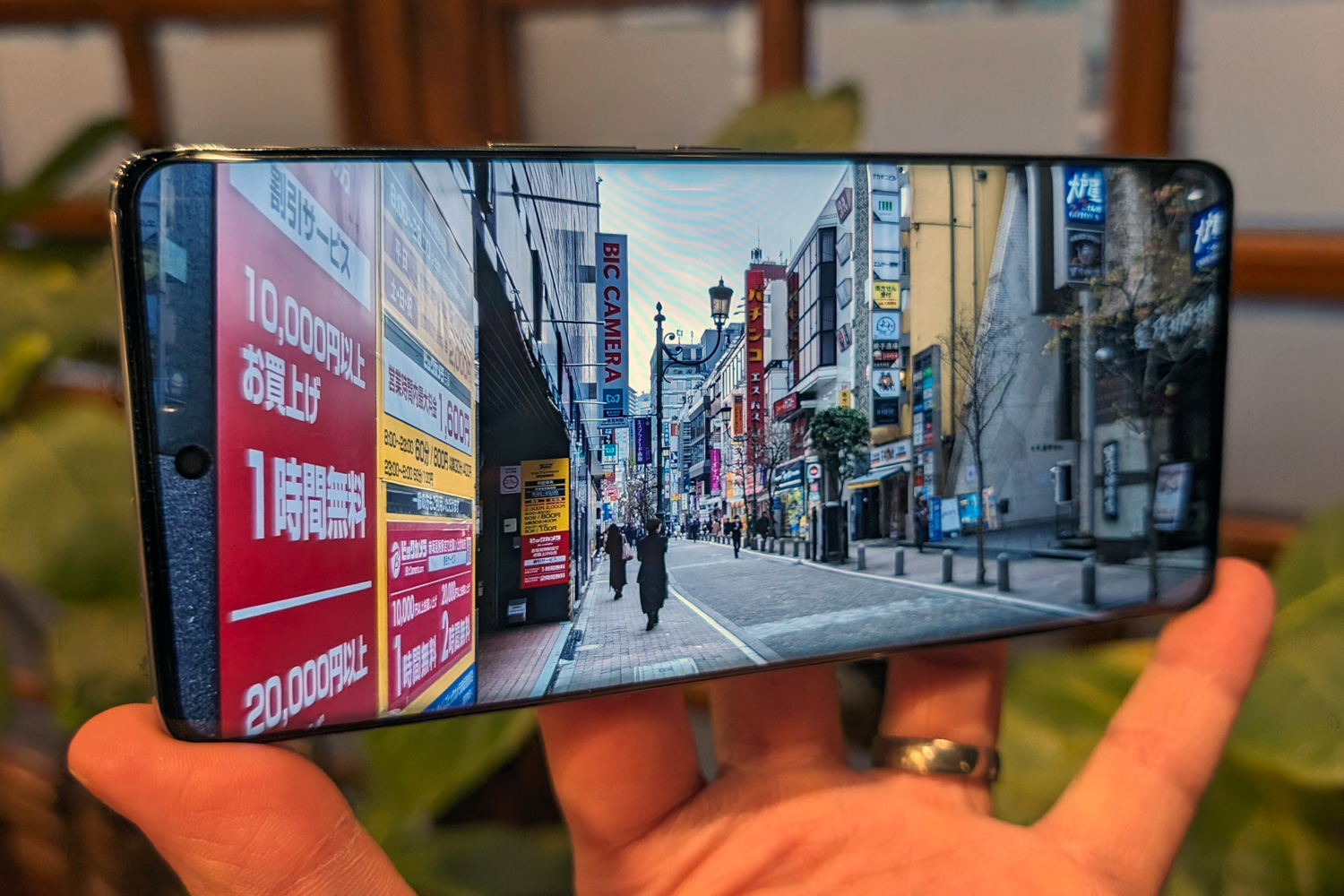
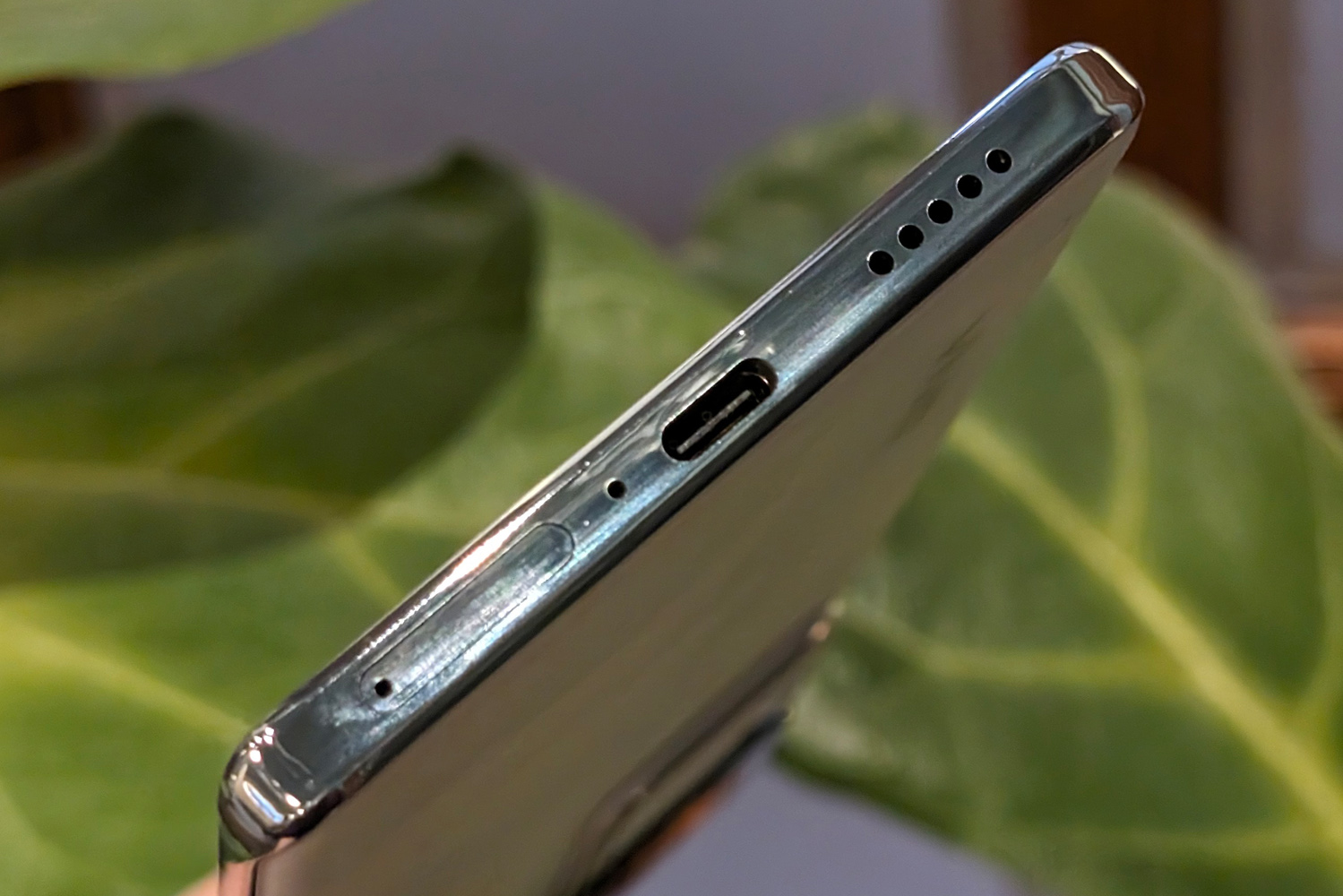
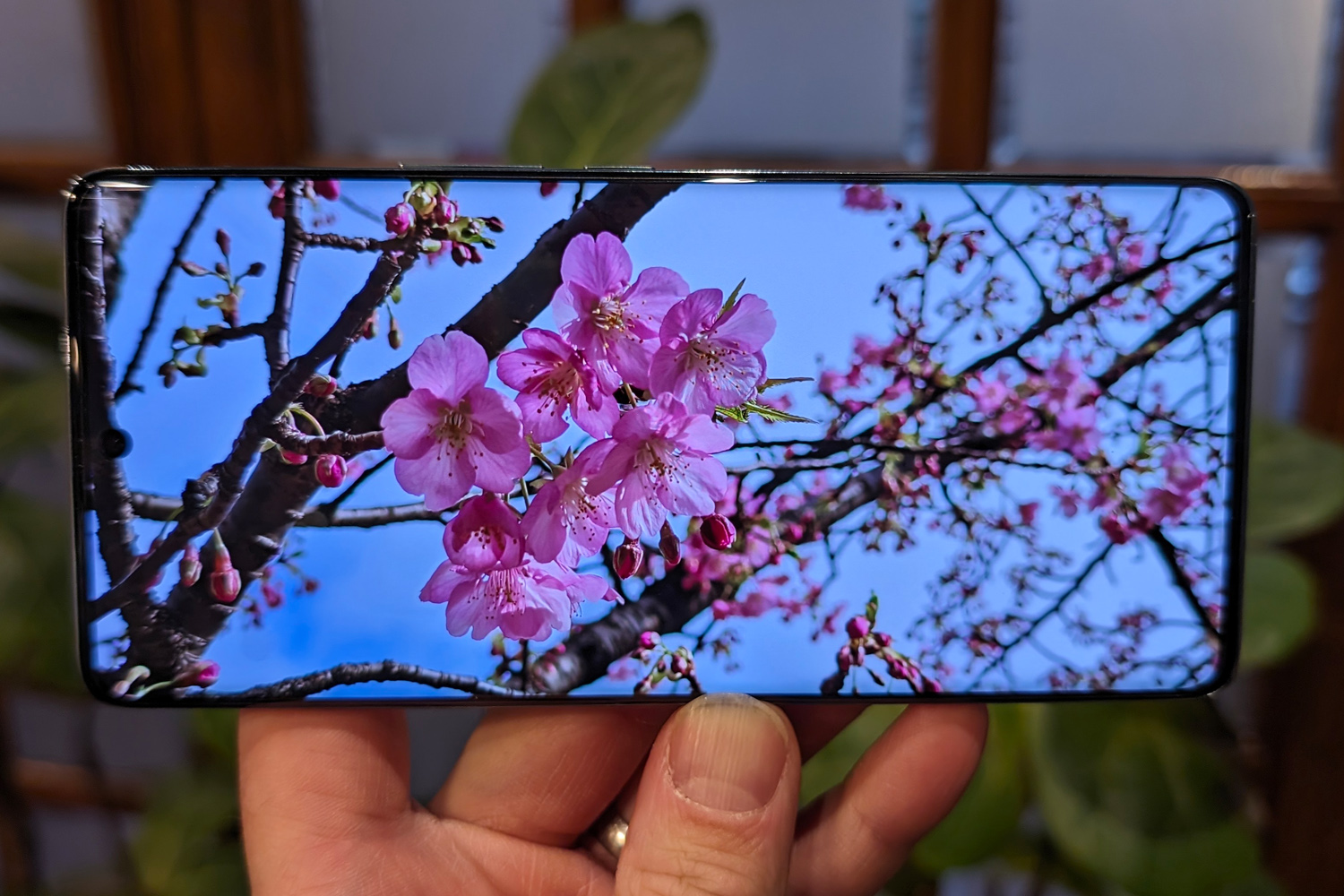
I’m not sure there’s such a thing as a bad AMOLED phone screen any more, at least when spending this sort of money. The Vivo V30 Pro delivers a sharp, bright and colourful picture, courtesy of a 6.78in panel with 2800×1260 resolution and 120Hz maximum refresh rate.
The phone did a good job of switching between 60Hz and 120Hz modes when left to its own devices, but I still preferred to lock it at 120Hz for the few Android apps that didn’t seem to trigger the change automatically. It makes day-to-day use feel that much smoother.
Vivo has boosted peak brightness to a superb 2800 nits, though only in a few specific situations. For the most part you’re getting a maximum of 1200 nits, which is still more than enough for outdoor use. I had no trouble seeing the screen clearly while in bright sunshine.
I’ve seen phones that offer more customisation when it comes to colour accuracy, but equally I’ve used plenty of others that offer less. You can get granular with the colour temperature, although I thought the display was pretty balanced right out of the box; not too vibrant, but punchy enough for pleasing pictures and videos.
The stereo speaker setup, which uses one main driver and the earpiece tweeter, is just fine. This is a really slender phone, so I wasn’t surprised the tiny sound system had little to no bass presence. There’s enough volume for catching up on podcasts while across the room.
Cameras: Zeiss is nice
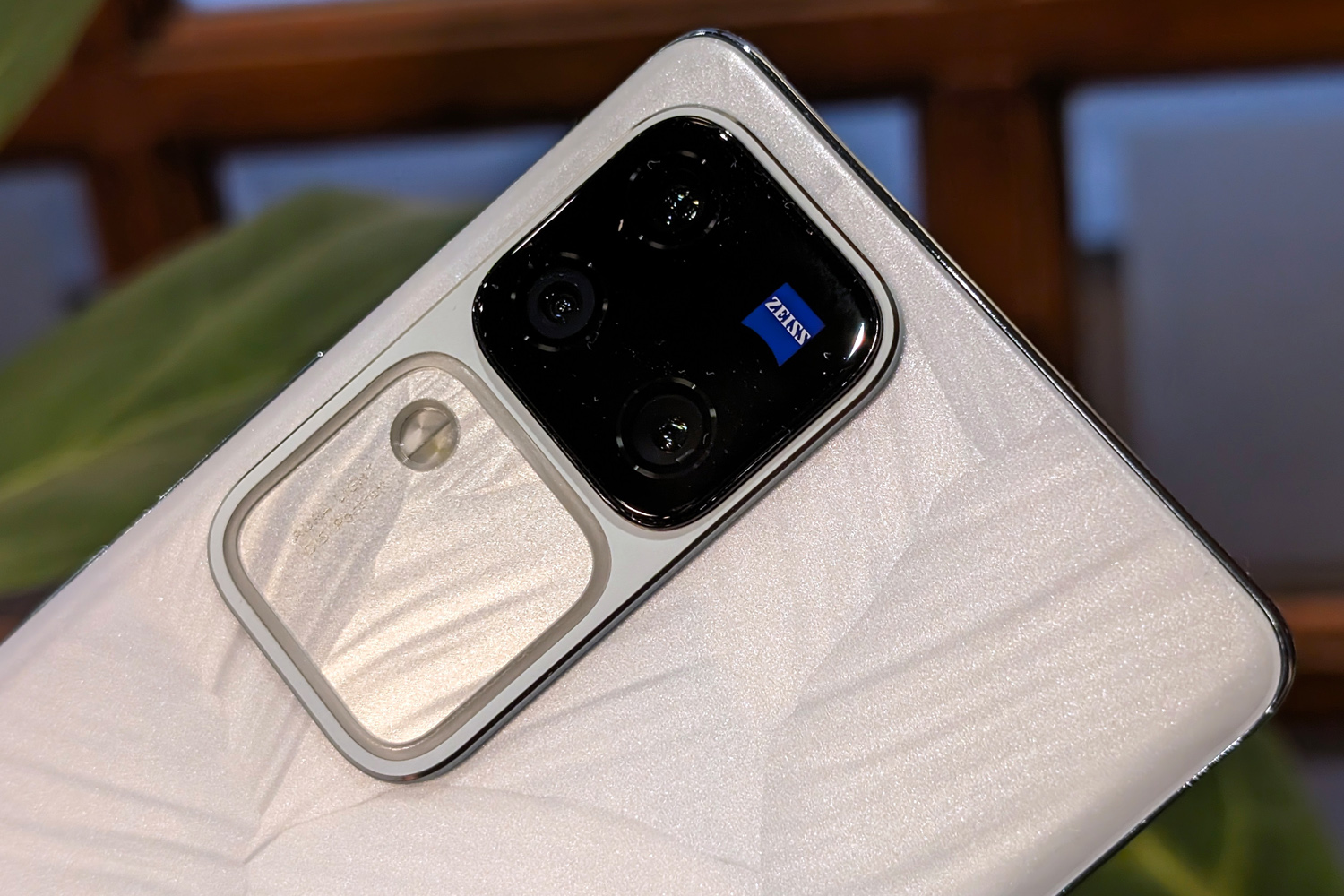
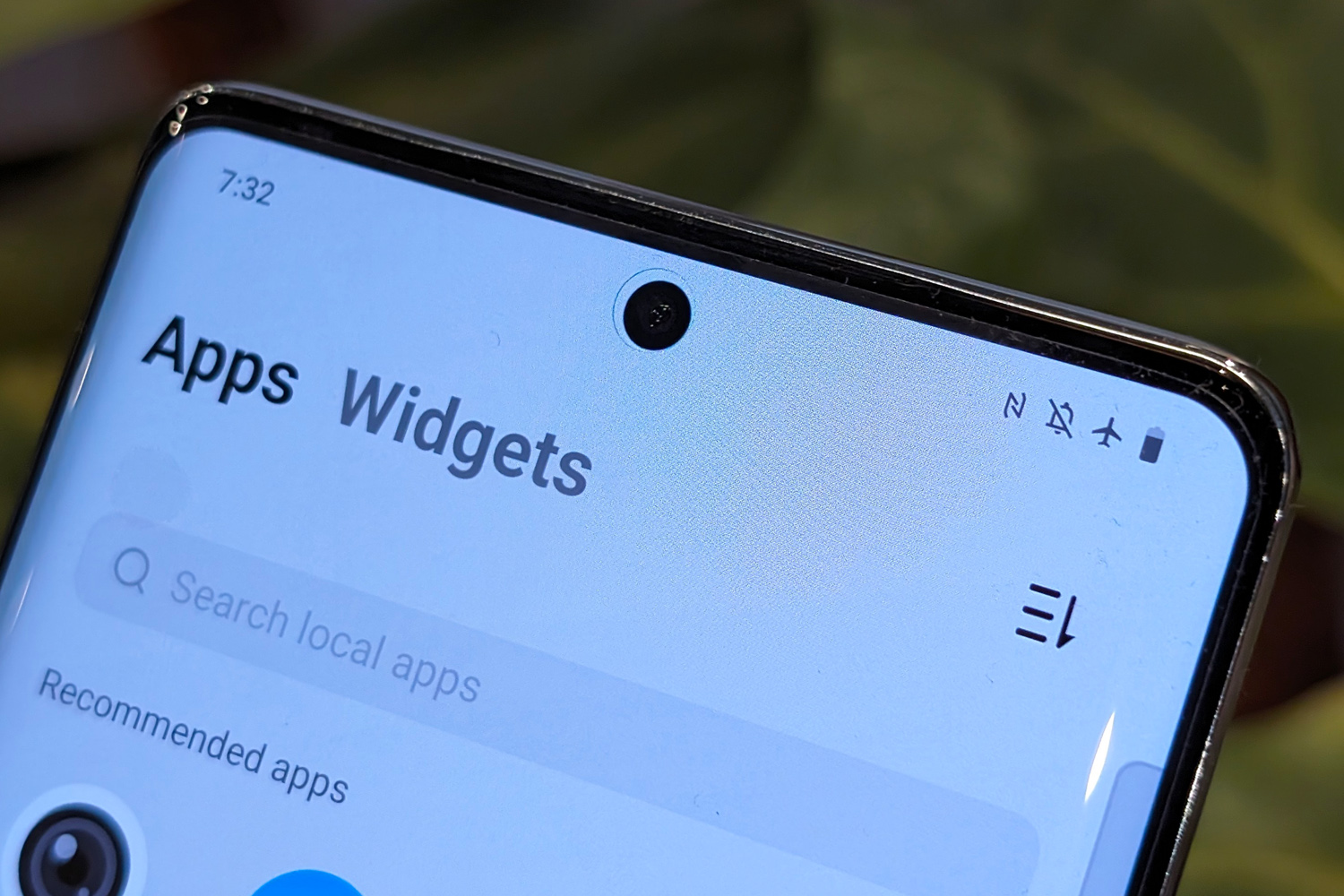

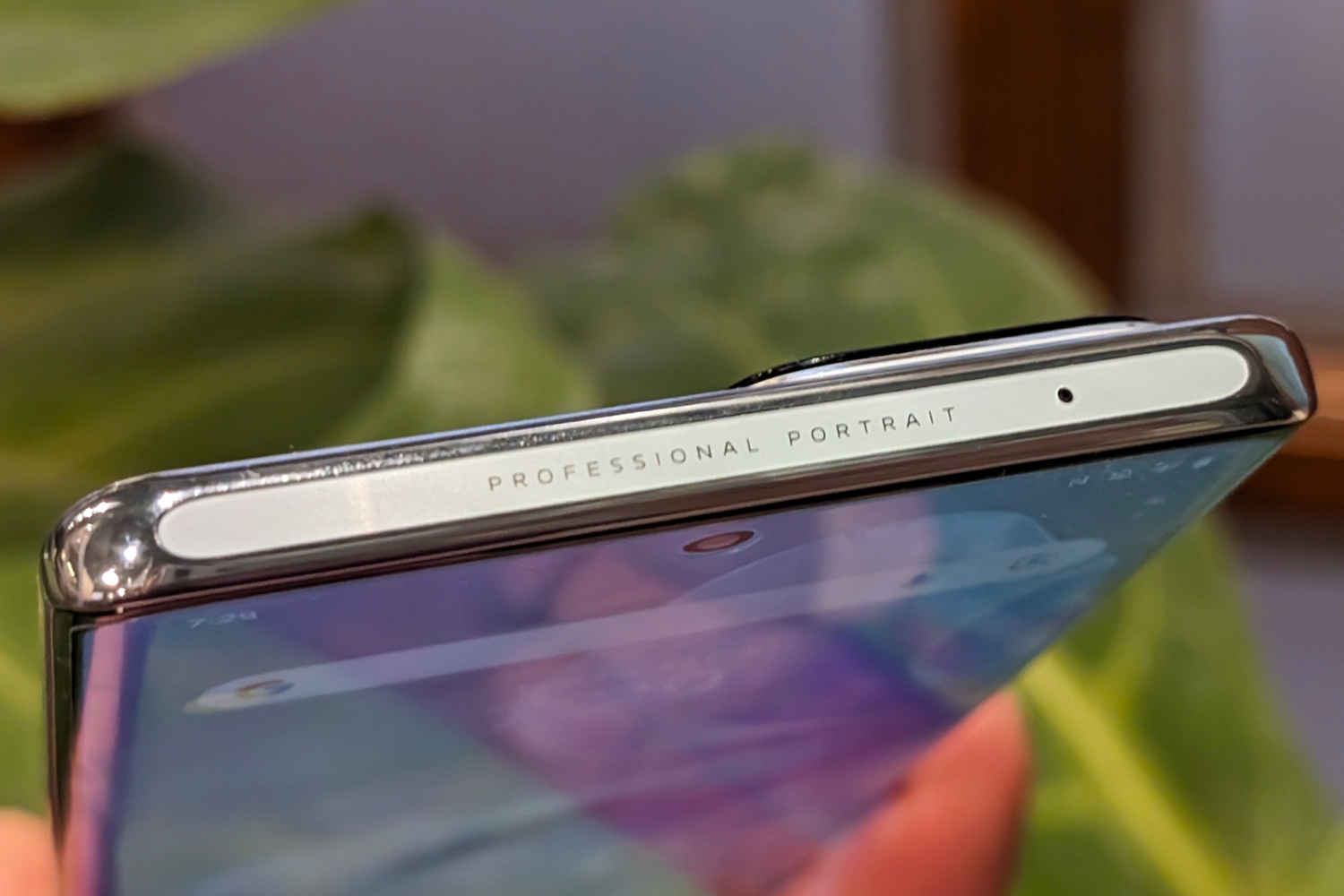
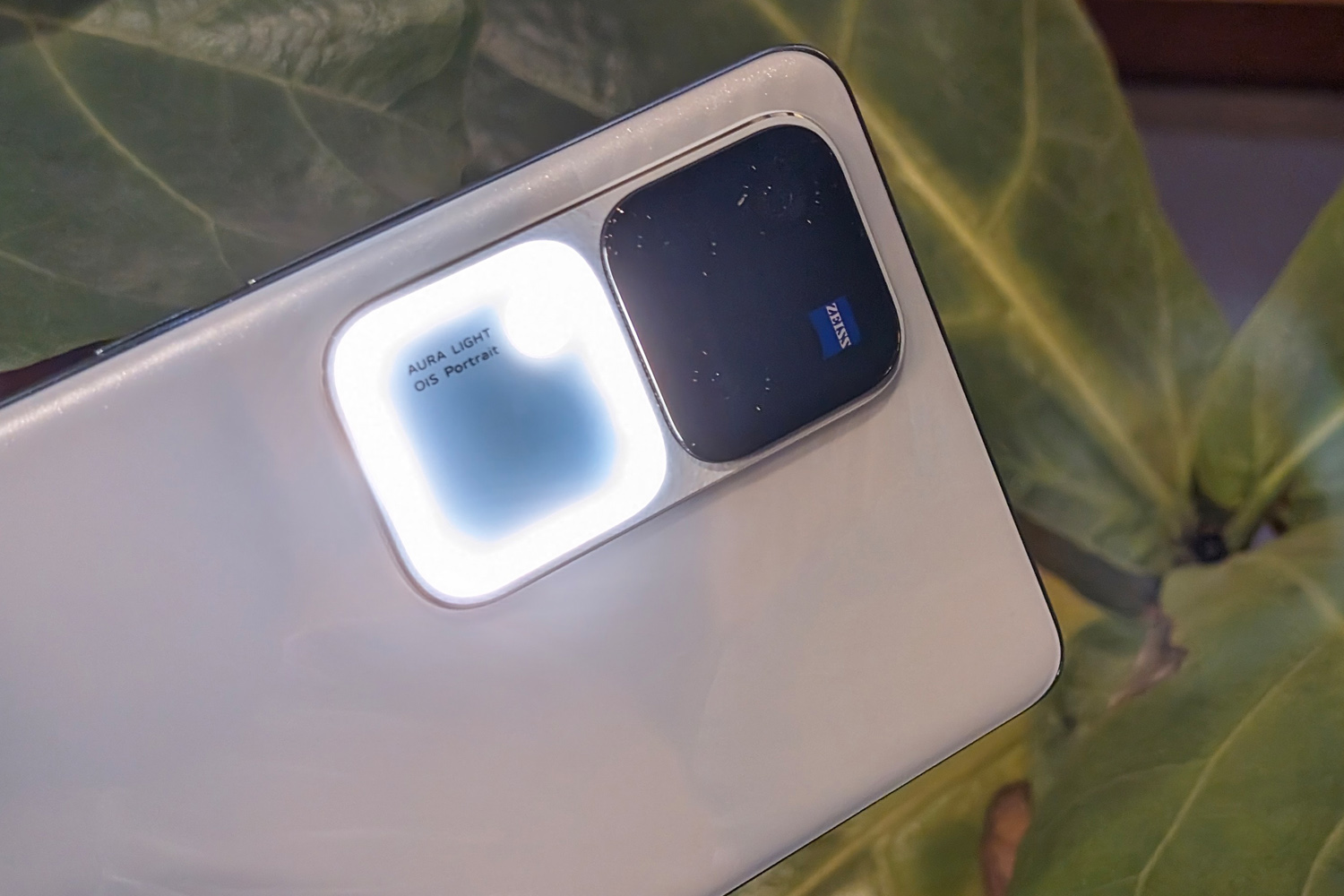
Vivo has really pushed the boat out for the V30 Pro’s camera system. There’s a 50MP snapper up front solely for selfies, and a trio of 50MP sensors at the rear covered with Zeiss glass. They can each call on the Aura Light ring flash to illuminate close subjects; it’s19x larger an 50x softer than a typical phone flash, with on-the-fly colour adjustment based on ambient lighting for the most flattering photos.
I found it very effective at making people look more natural and warmly lit, especially in low light environments. It works brilliantly for close-ups of food, too. The portrait mode also lets you pick between several Zeiss bokeh effects, meant to mimic the firm’s DSLR lenses; they’re subtle, and the phone can’t always pick out individual hairs, but they can deliver some particularly pleasing pics.
You don’t get the huge 1in main sensor seen in the Vivo X100 Pro, but the 1/1.49in one seen here is capable of impressive amounts of detail. It largely holds up once you start zooming into your shots, only revealing stronger sharpening at the pixel level. Exposure was almost always on point, with HDR kicking in to capture cloudy skies alongside buildings cast in shadow. Indoor white balance sometimes leaned a little too warm for my tastes, but the Zeiss Natural colour profile dials things back to a more nuanced appearance.
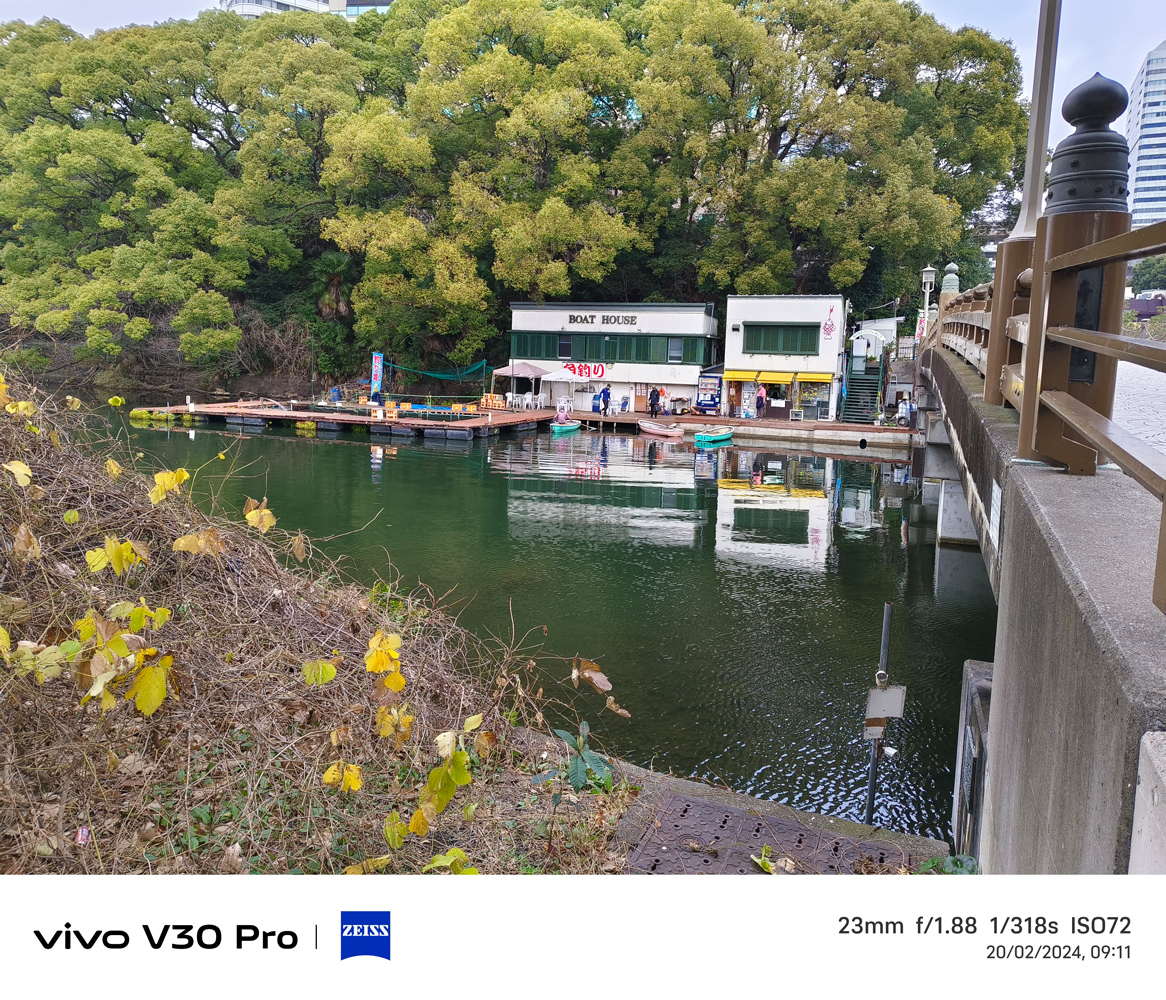
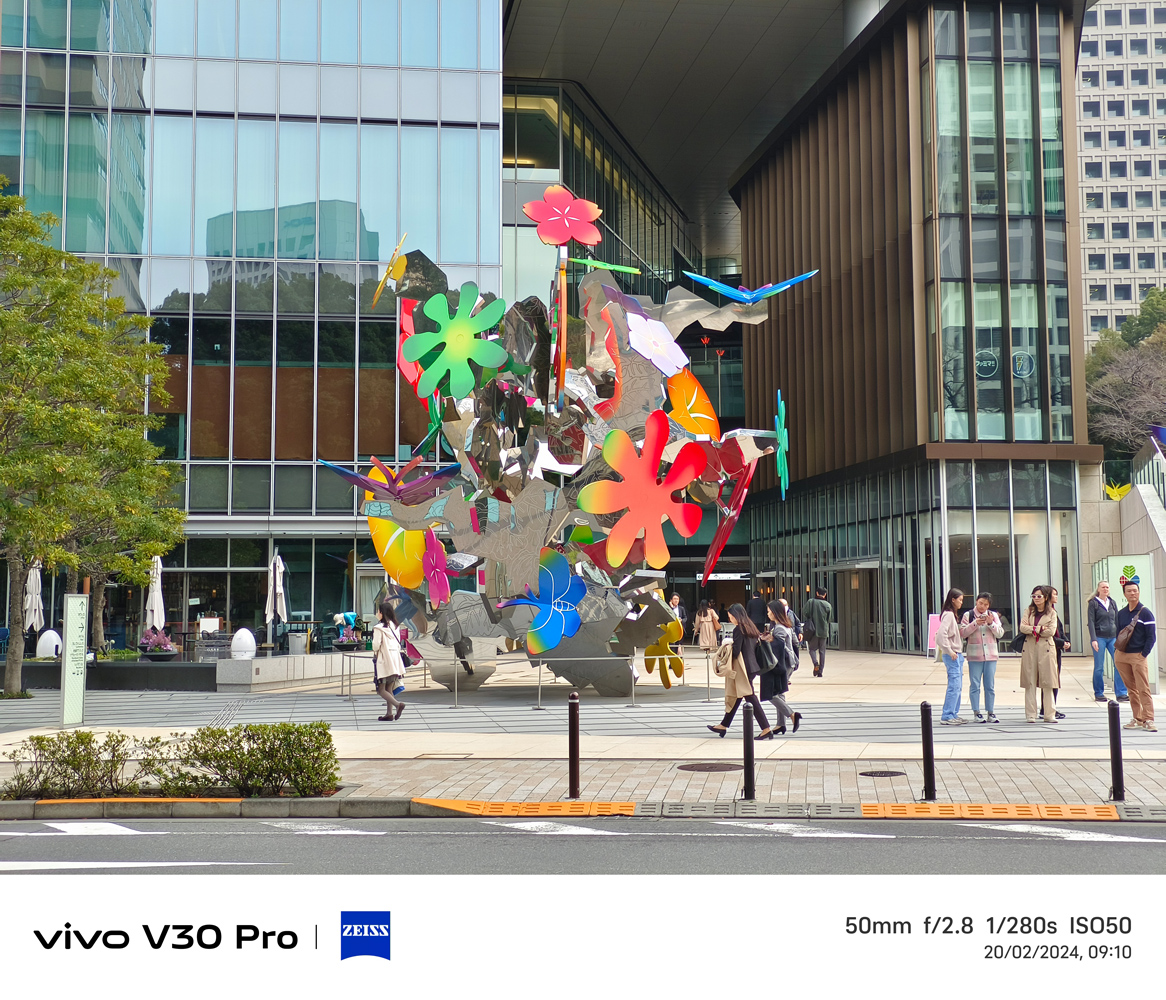


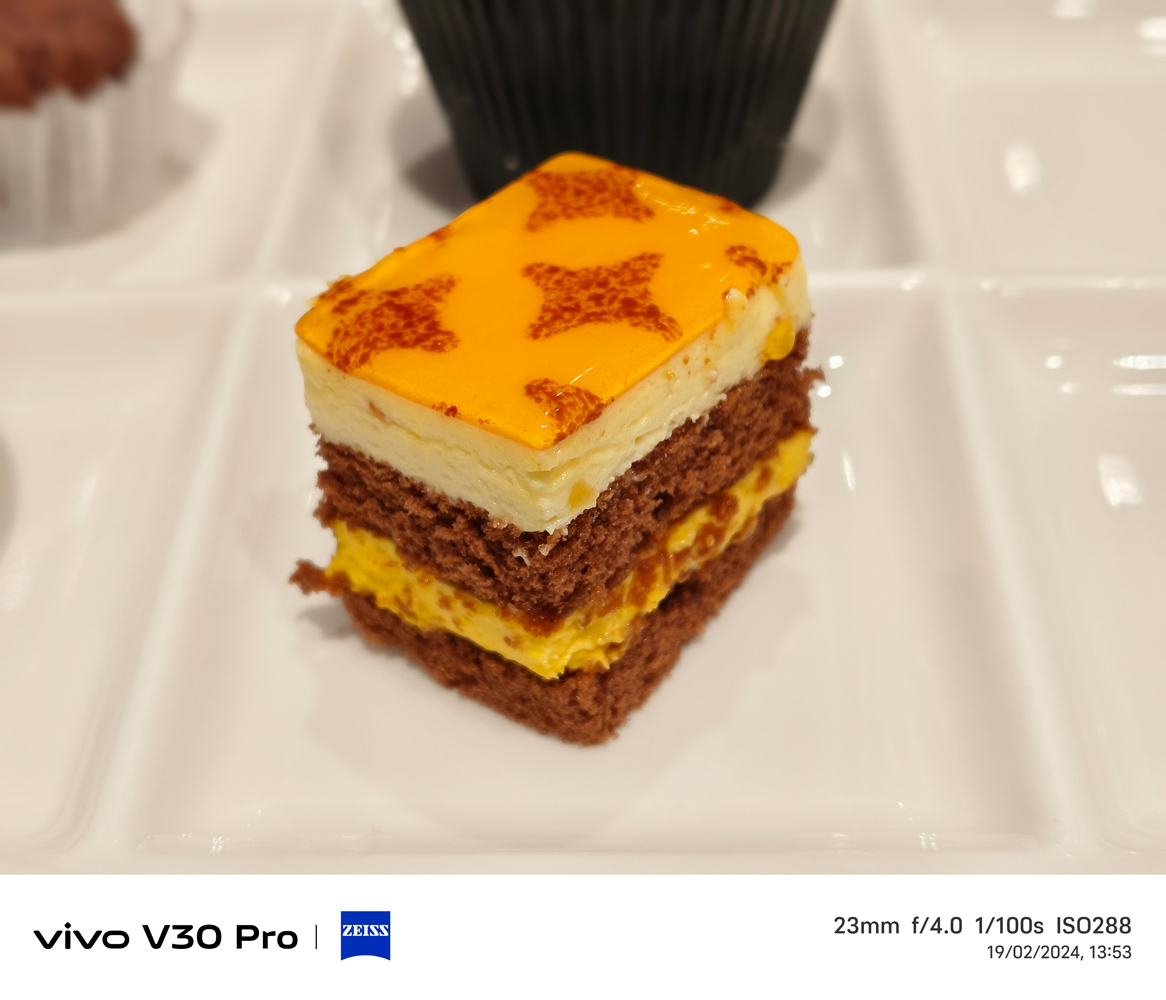
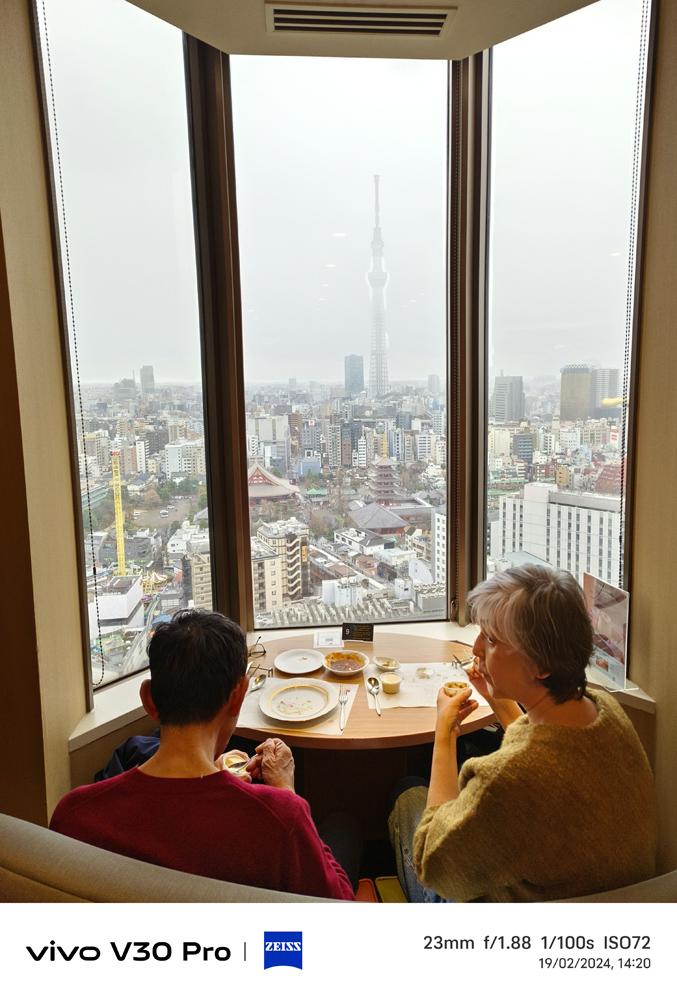



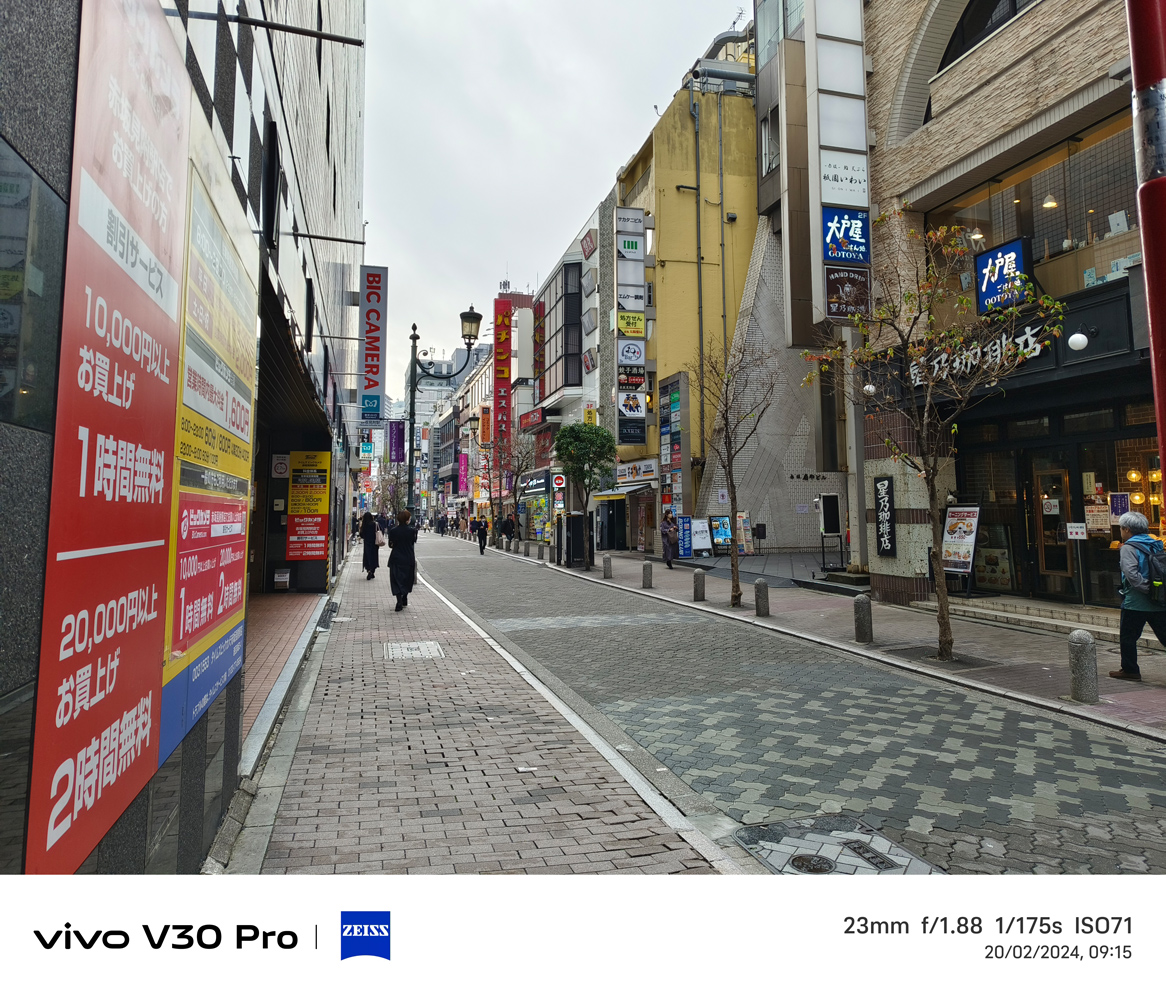




An in-app toggle can crop and upscale the 2x zoom telephoto lens to 4x rather effectively. Softness does start to creep in a bit, but colours and exposure stay consistent with the main lens and there’s still a great amount of detail on show. Image noise is a lot more visible once you start peeking at pixels, but not so much I avoided using my snaps on social media. It’s best to stick to 2x at night, as even with optical image stabilisation I found zooming any further revealed stronger amounts of sharpening.
The ultrawide lens has a fantastic 119-degree field of view, which is a tiny bit wider than the Vivo’s closest rivals. Again, colours and exposure are on point compared to the main camera, with an abundance of detail for the cash.
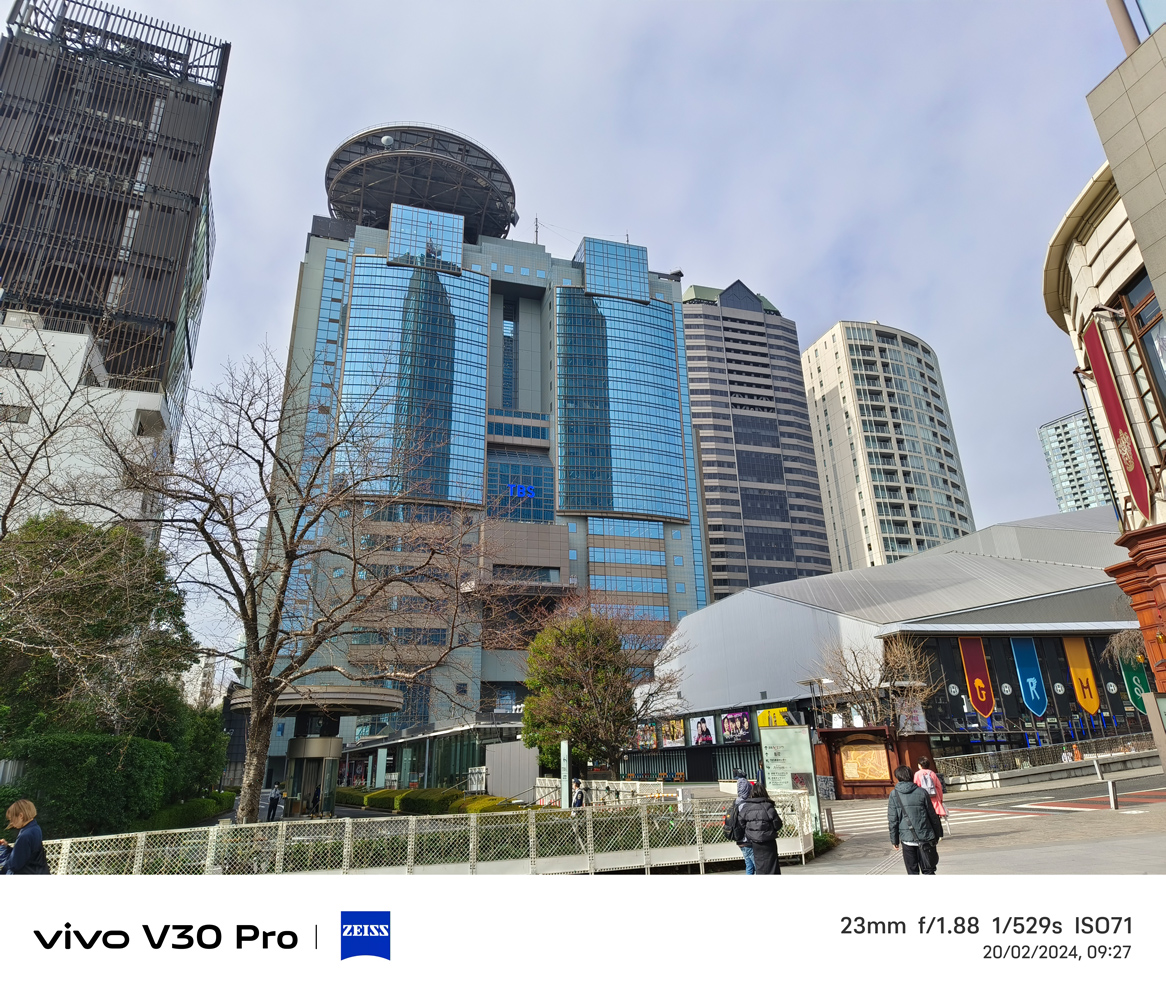
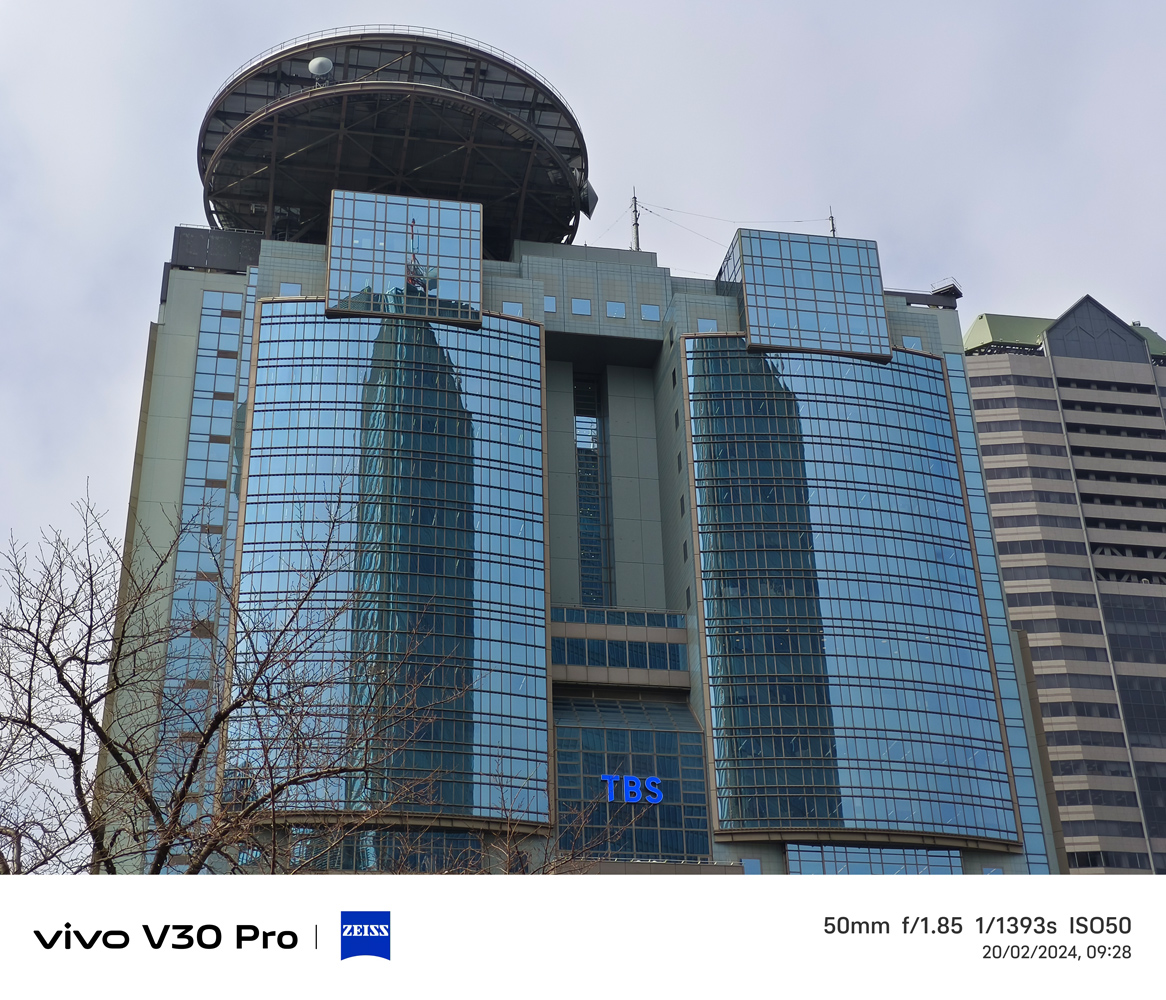
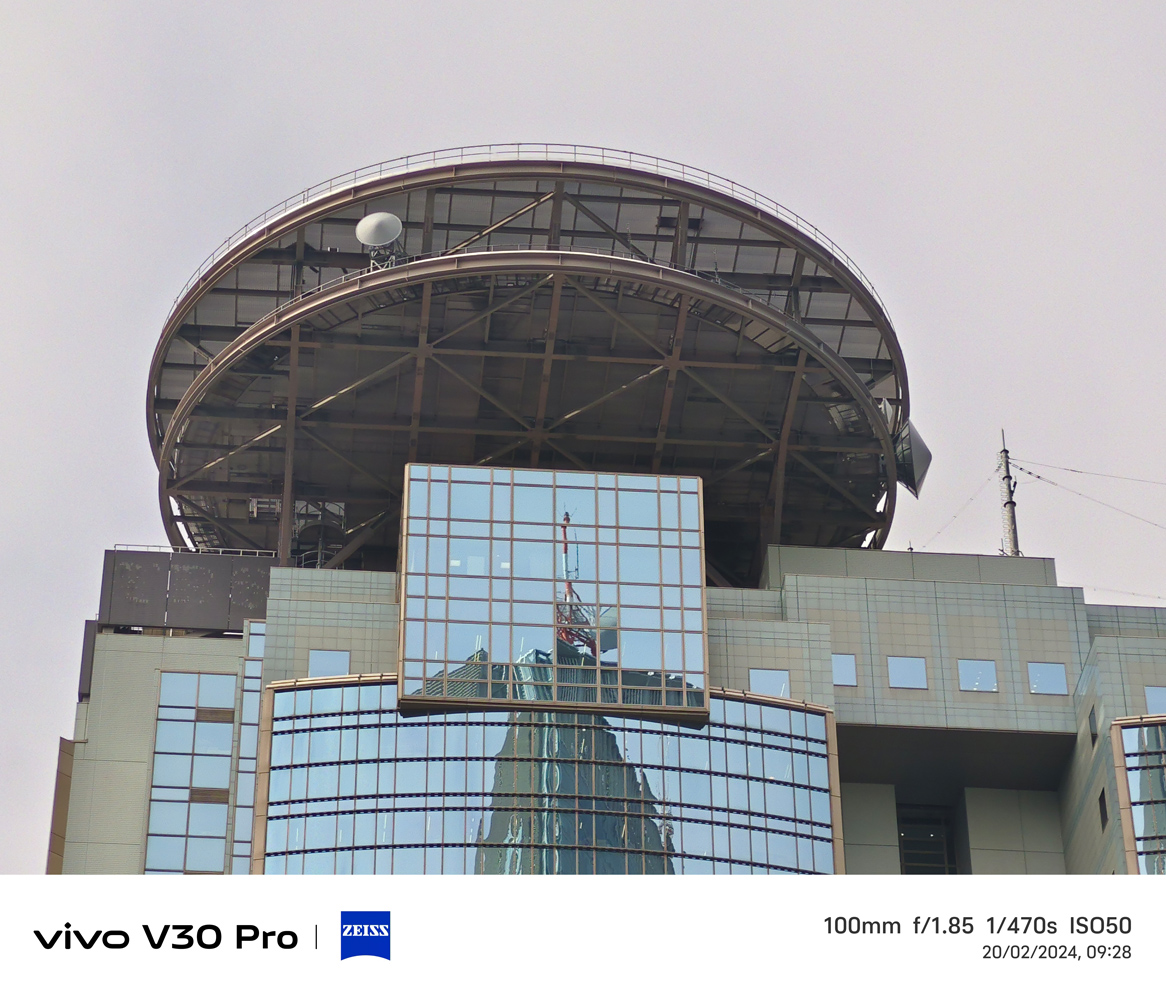
Vivo does seem to have a low level of skin smoothing I’ve not seen on other phones, even with all the beauty mode features switched off. It’s really subtle, but definitely there when you start peeking at pixels. If that puts you off, there are plenty of capable mid-rangers that deliver equally pleasing photos.
Software experience: too much fun?
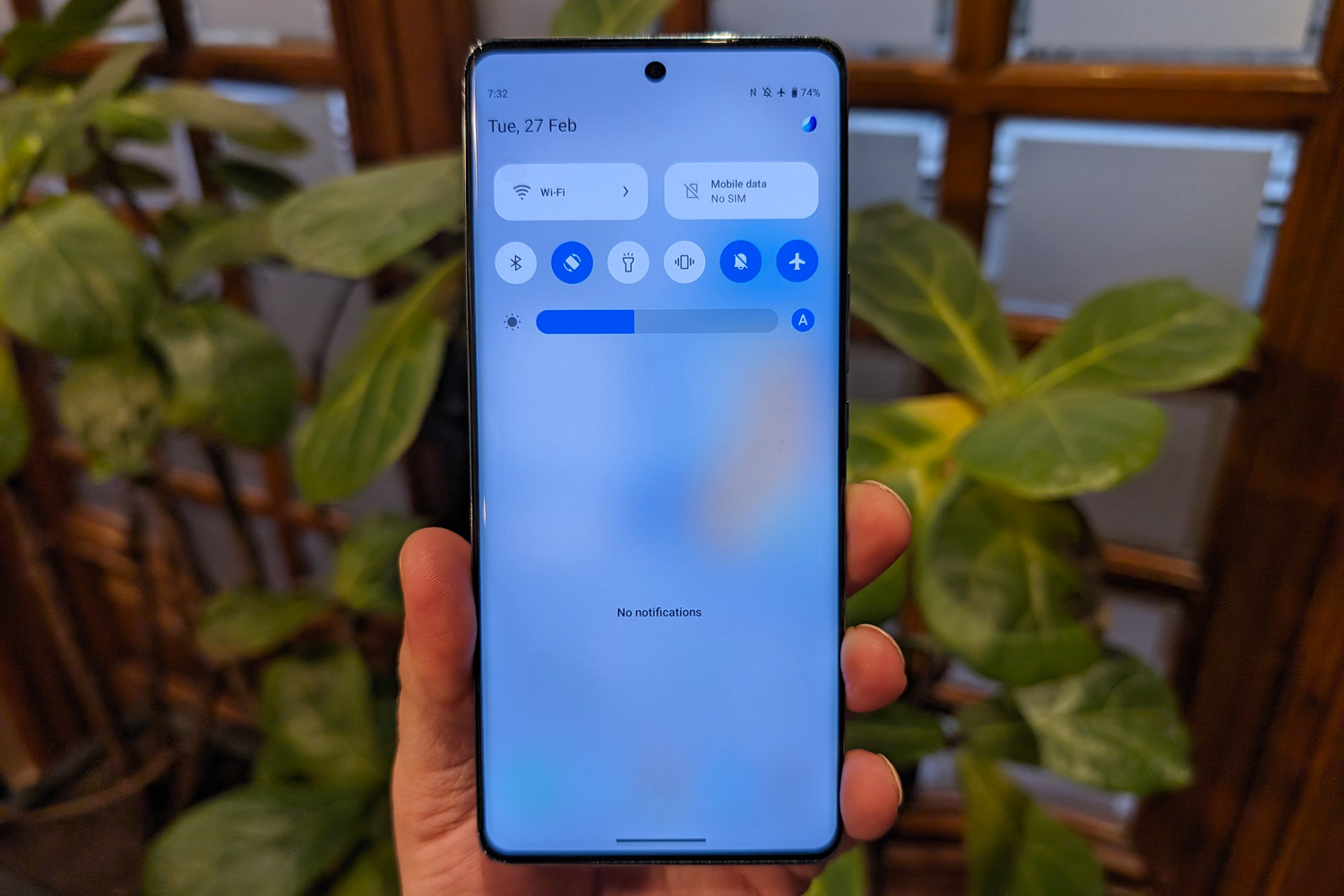
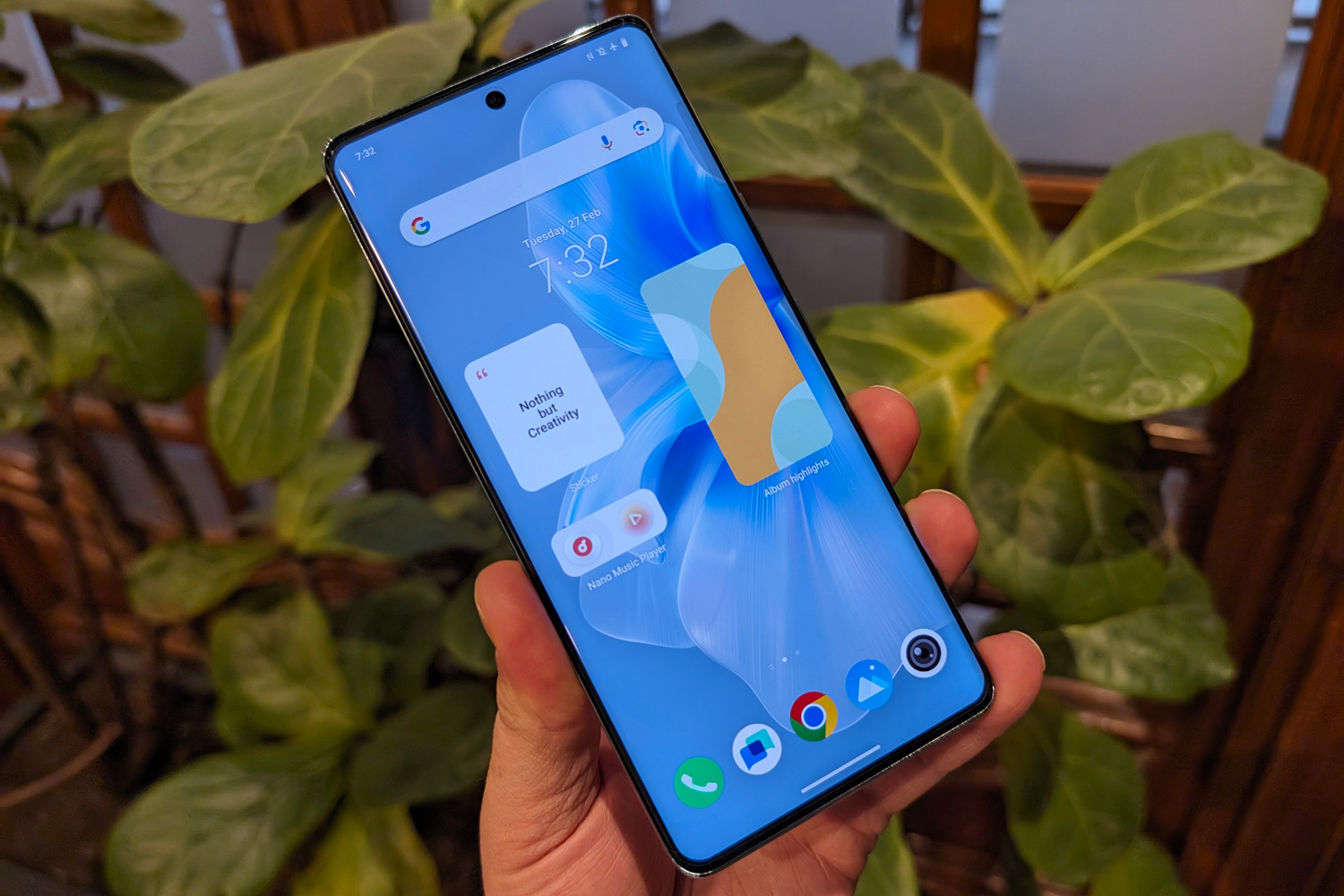
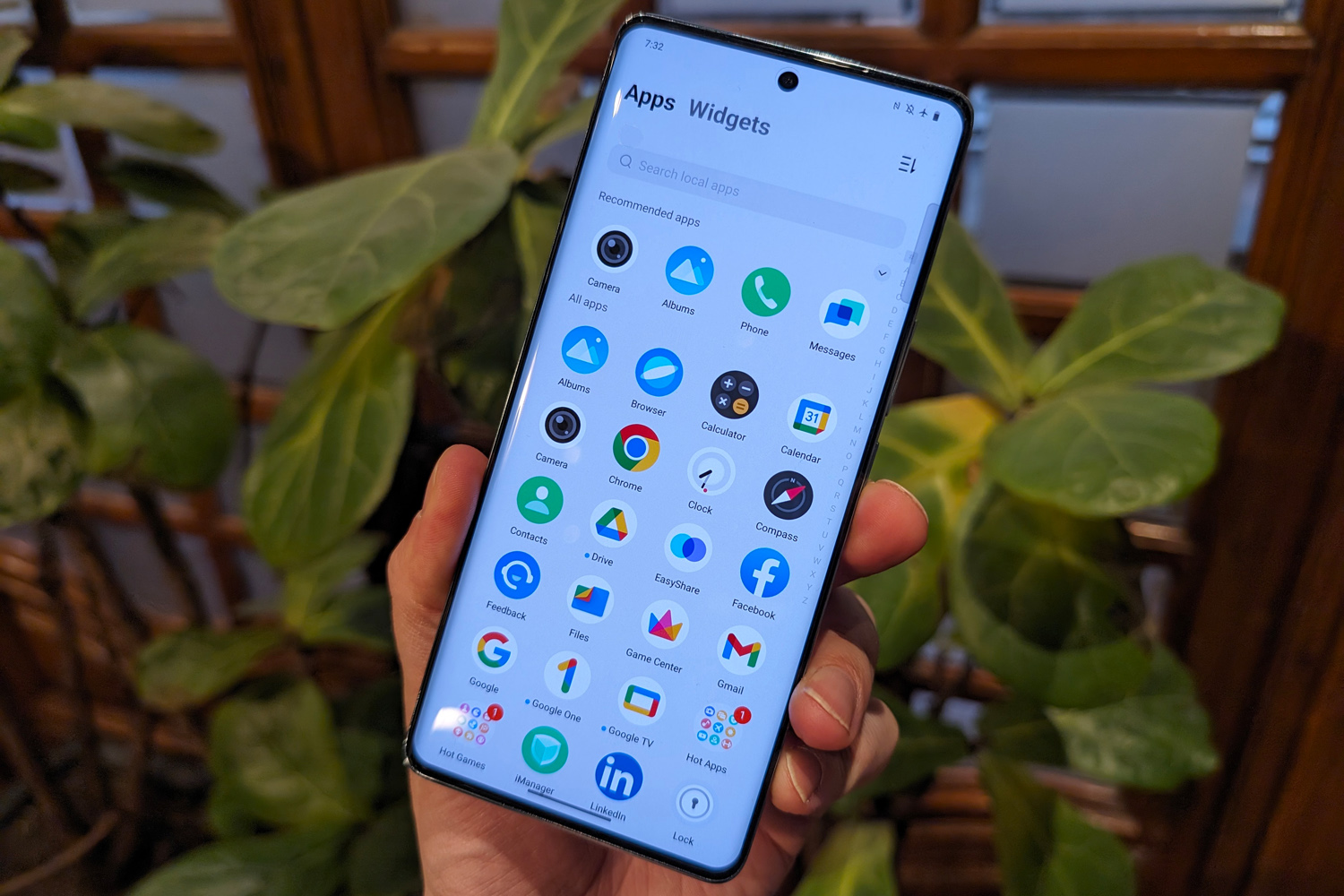
The Vivo V30 Pro arrived running Android 14, with the latest version of FunTouch OS on top. This is a fairly heavy skin, with a bunch of home and lock screen customisation options, plenty of widgets, and no shortage of pre-installed apps.
I had no use for the V-appstore, given the V30 Pro comes with the Google Play store pre-installed, and I hate how it fills the app drawer with shortcuts to games I have no desire to play. There’s the usual range of third-party apps that can be purged with a few taps, and Vivo has a handful of own-brand ones that replicate Google’s defaults. It’s not clear whether the version I was sent has the same software setup as other territories; perhaps some countries fare better here than others.
I don’t know how long Vivo plans to provide software support; the firm has only committed to three years of Android upgrades for its flagship X-series phones, meaning the V-series could get less. That’s not great, even for a mid-range phone; a Pixel 7a could in theory last much longer thanks to extended OS updates and software patches from Google.
Performance & battery life: mid-range marvel
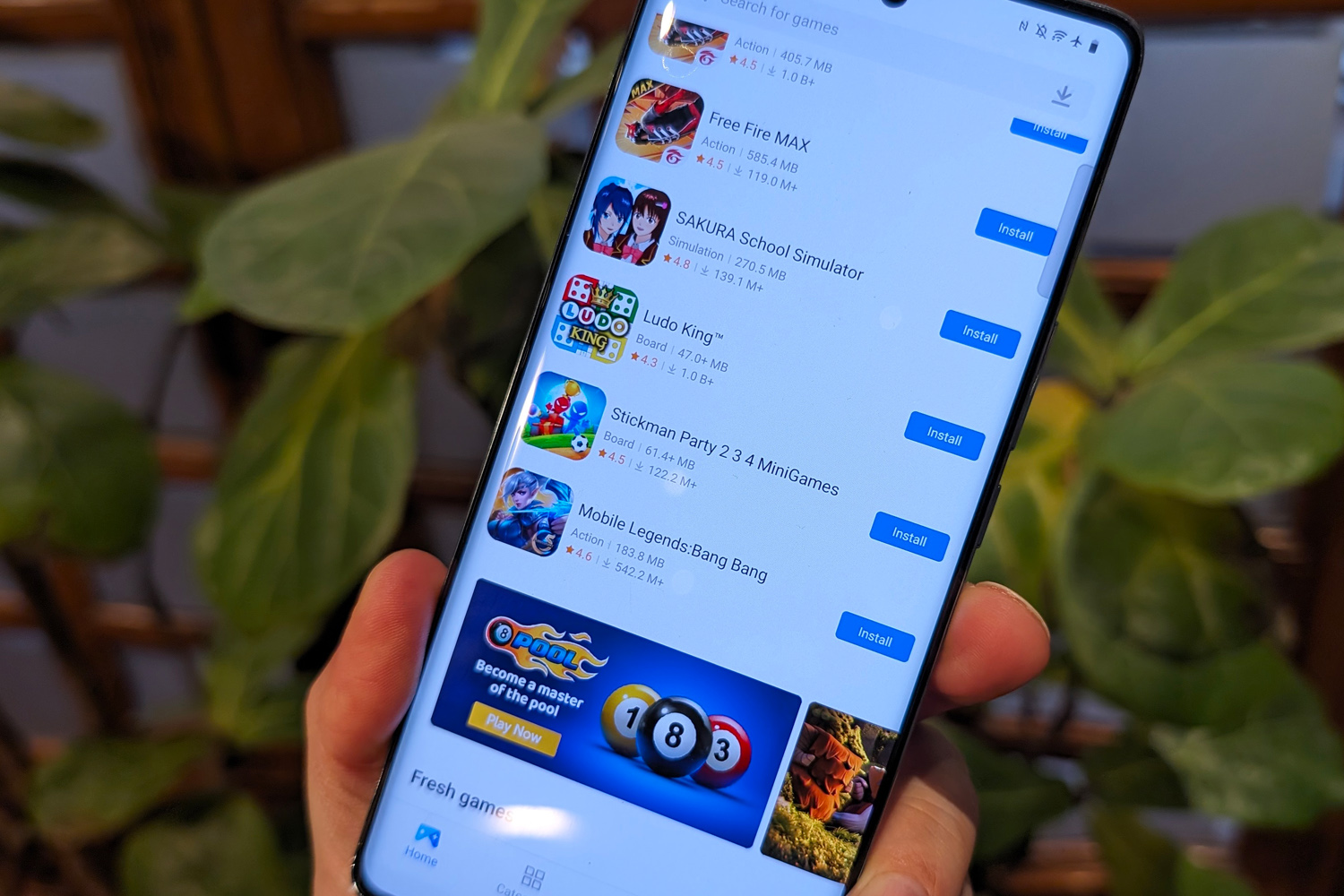
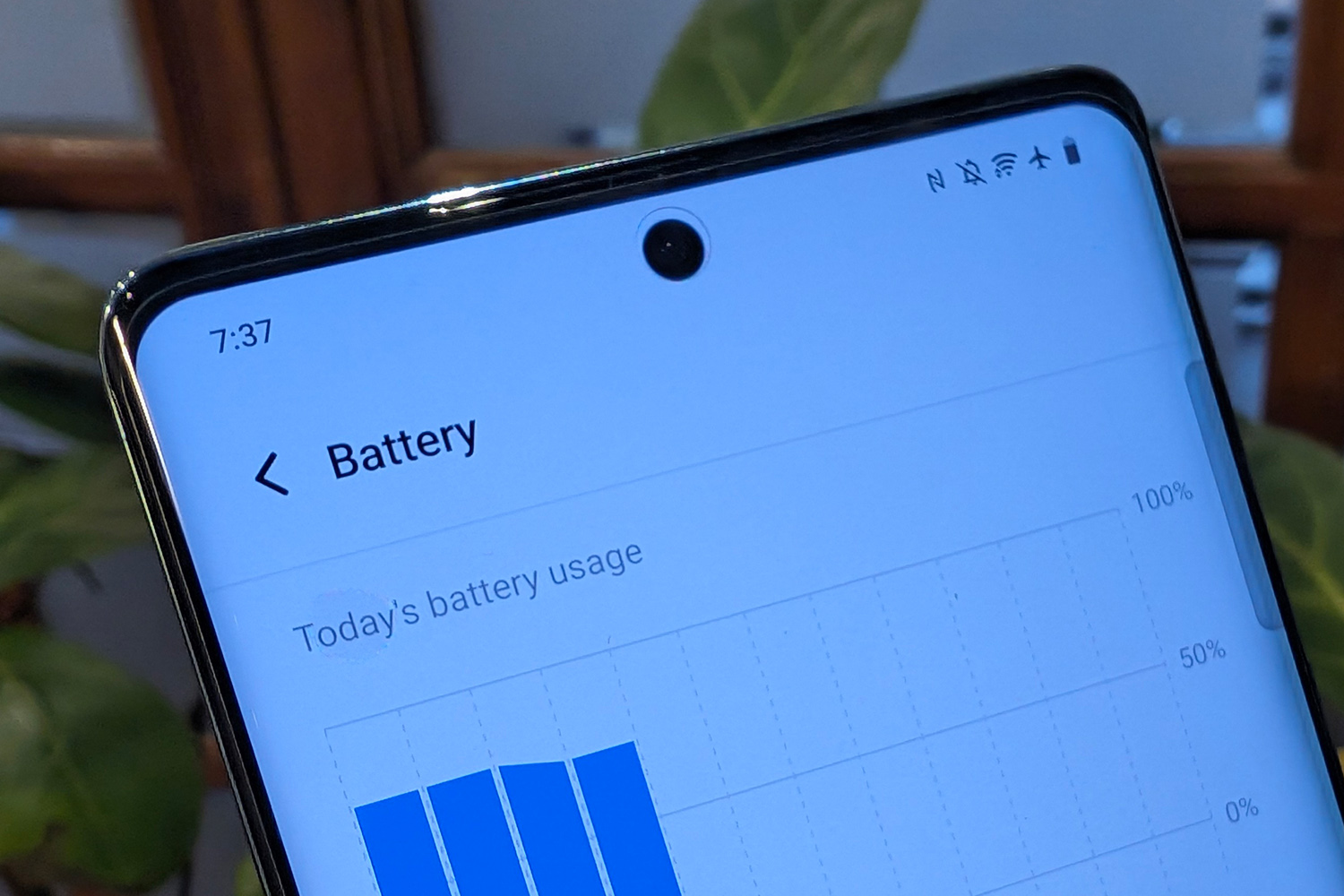

Rather than recycle the Qualcomm hardware it squeezed into the more mainstream V30, Vivo has given the Pro a MediaTek makeover. It’s rocking a Dimensity 8200 chipset, paired to either 8 or 12GB of RAM depending on spec. This combo packs a real punch, giving it an edge over the Snapdragon 7 Gen 3 Vivo V30 in certain apps, and is more than enough to make Android feel smooth.
There’s no waiting around for apps to open after you tap the icon; web pages open quickly and don’t stutter while scrolling; split-screen multitasking doesn’t become a slog. I thought performance was absolutely on the money for a mid-range smartphone.
It coped very well when gaming, too. MediaTek silicon used to take a back seat to Qualcomm’s chips in terms of fps and smooth frame delivery, but the titles I tried all ran very well and at high detail levels. A vapor chamber cooling system does its best, but I think multiple hour-long gaming sessions are asking a bit too much from the hardware.
Battery life is one of the Vivo V30 Pro’s biggest strengths. Vivo has squeezed in a 5000mAh capacity cell, which is more than enough to provide a full day of use between charges. I took hundreds of photos and still managed to stay out of the red before bedtime. 80W fast charging support is enough for a complete refuel in just over 45mins, so you’re never waiting around long.
Vivo V30 Pro vs Vivo V30: what’s the difference?
It’s mainly the camera that earns this particular V30 its Pro name. The regular model sticks with two rear snappers, a main and an ultrawide, then relies on digital cropping for any zoom. It doesn’t have any Zeiss optics, either.
The standard V30 and the Pro look practically identical, with the same dimensions, same distinctive camera module, and same Aura light flash. They have the same display, same battery capacity, same fast charging speeds, and same IP54 resistance rating.
They differ more dramatically on the inside, with the regular V30 using a Snapdragon 7 Gen 3 chipset. The Pro opts for MediaTek power instead, with a Dimensity 8200. It also comes with more storage as standard, with base models getting 256GB; entry-level V30s have 128GB.
Vivo V30 Pro verdict
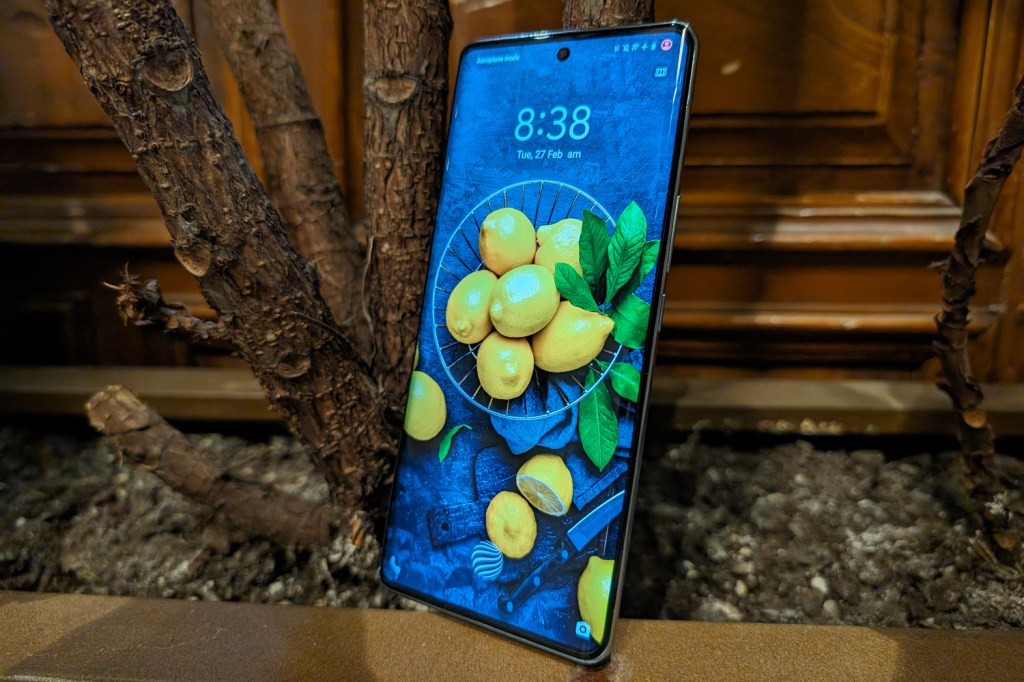
The V30 Pro is an impressively well-rounded mid-ranger, with decent performance, respectable battery life and a great screen. Styling looks the part too – but photography is what really sets it apart. The three rear cameras punch above their weight, with great range and effective portrait lighting. I have a few grumbles, and image quality isn’t miles ahead of similarly-priced rivals, but it’s still a very good performer.
The usual Vivo caveats apply: unless you live in India, Thailand, Taiwan, Indonesia, Malaysia and the Philippines, it’ll be very difficult to get hold of one. And once you do, it’ll take some time to strip all the bloatware apps out of FunTouch OS. It’s not like there aren’t plenty of fantastic mid-range alternatives, either.
If you take more pics of people than places, though, the unique flash and consistently great portrait shots could help the V30 Pro earn a place in your pocket.
Stuff Says…
Vivo’s best mid-range mobile effort yet. A Zeiss helping hand makes the V30 Pro a very capable camera phone, and is well-rounded everywhere else. There’s no shortage of competition at this price, though, and limited availability holds it back.
Pros
Detailed rear cameras with clean processing
Streamlined styling and sharp display
Punchy mid-range performance and battery life
Cons
Availability very market-dependent
FunTouch OS still heavy-handed on bloatware
Vivo V30 Pro technical specifications
| Screen | 6.78in, 2800×1260 AMOLED w/ 120Hz |
| CPU | MediaTek Dimensity 8200 |
| Memory | 8/12GB RAM |
| Cameras | 50MP + 50MP + 50MP rear w/ Aura light flash 50MP front |
| Storage | 256/512GB |
| Operating system | Android 14 w/ Funtouch OS 14 |
| Battery | 5000mAh w/ 80W wired charging |
| Dimensions | 164x75x7.45mm, 188g |
